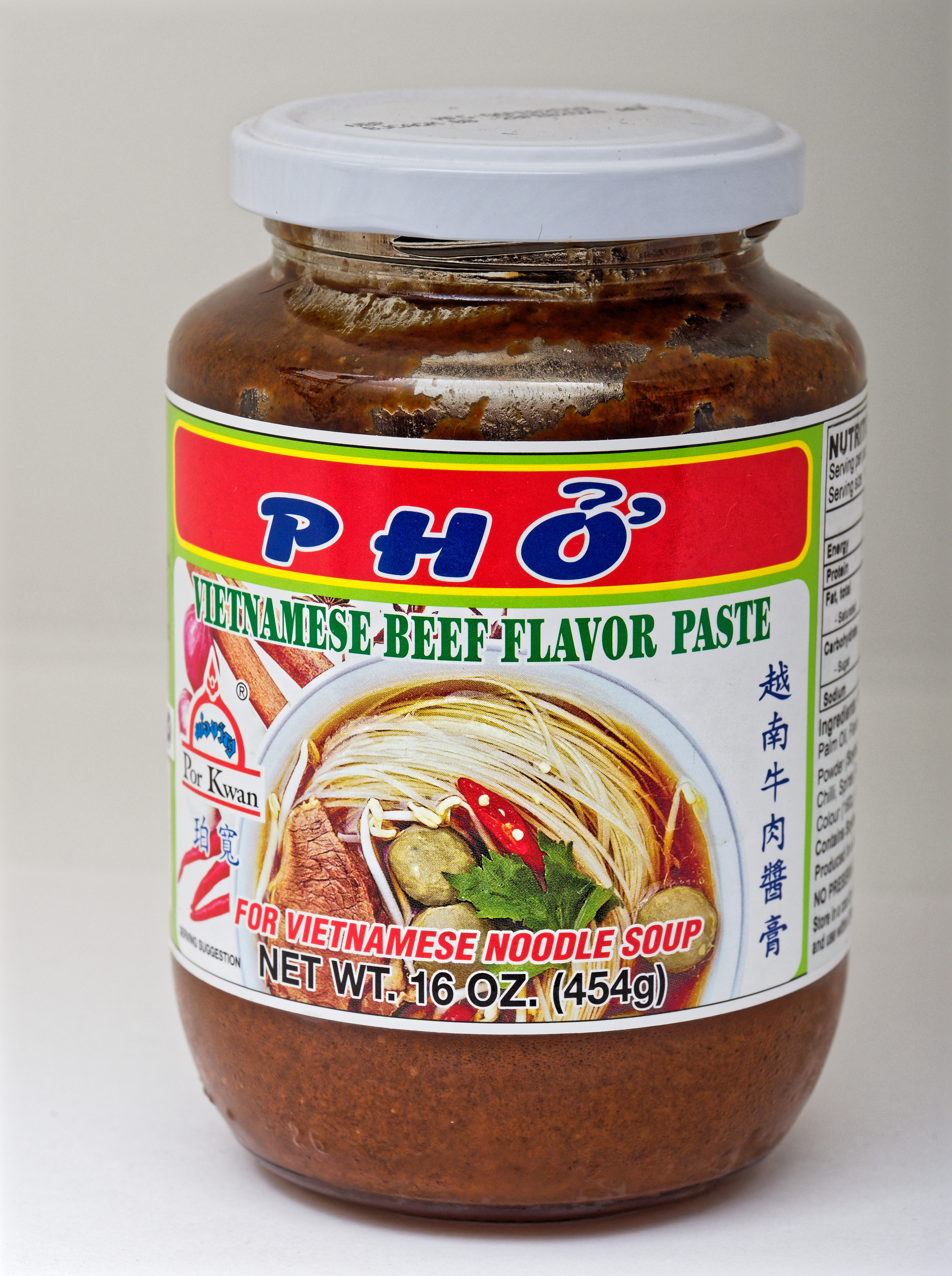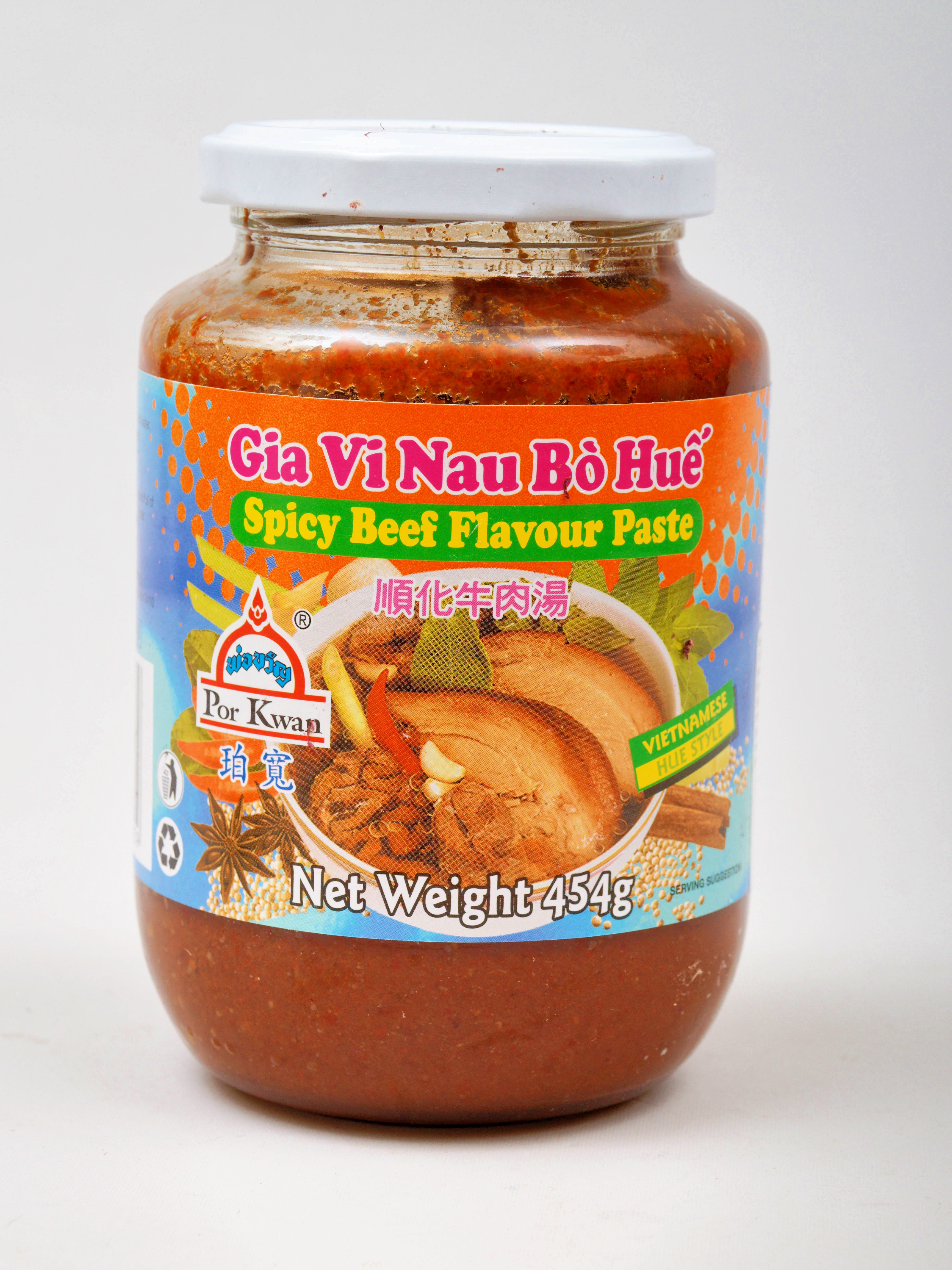
| Greg's phở bò |
| Greg's home page |
| Cooking main page |
| Recipe index |
| Cooking times |
| Noodle cooking times |
| Spice pastes |
| Random foodstuffs |
| Weights and measures |
| Food suppliers |
| Greg's diary |
| Copyright info |
 |
|
|

|
|
|
I have accumulated a number of different recipes for phở bò, the Vietnamese soup, and I seem to be accumulating more. So far I have:
This is a recipe for how to make something resembling phở bò from this paste:

On 30 December 2023 I tried another kind of paste, from the same maker:

|
|||||||||||||||||||||||
It's not as spicy as the first, but also tastes good. The recipe is the same.
There's also a third paste that I have found:

|
|||||||||||||||||||||||
If you don't speak Vietnamese, it's easy to confuse it with one of the other two. In fact, it's very different and not suited to this dish. I'm still trying to find out what to make with it.
| quantity | ingredient | step | ||
| 60 g | thin dry rice noodles | 1 | ||
| 60 g | raw beef | 2 | ||
| 40 g | phở paste (see Notes) | 3 | ||
| 300 g | water | 3 | ||
| 30 g | choi sam leaves | 3 | ||
| 60 g | tauge | 3 | ||
| 30 g | spring onions, cut into 1-2 cm segments | 4 | ||
| sliced red onion | 4 | |||
| Thai basil | 4 | |||
Soften the noodles. The time can vary wildly; see the Notes. Drain.
Cut the beef into thin slices and place on the noodles:

|
|||||||||||||||||||||||
Mix paste with water and bring to the boil. Cut choi sam and steep in the broth for 5 to 10 minutes.
Add tauge and bring back to the boil. Pour over noodles.

|
|||||||||||||||||||||||
Add onions and basil and serve.

|
|||||||||||||||||||||||
This paste comes from Por Kwan, a Thai company. I have tried things like their Laksa and found it not very plausible. My guess is that the phở paste is also not very authentic, but I'm happy with the results.
I first tried writing things down on 25 March 2021, and then again on 3 March 2022.
On 3 March I used 40 g of paste for 360 g water, but it didn't seem to be enough. On 18 March I used 40 g in 300 g water, and that seemed right both for concentration and quantity.
| Cooking home page | Recipe index | Greg's home page | Greg's diary | Greg's photos |